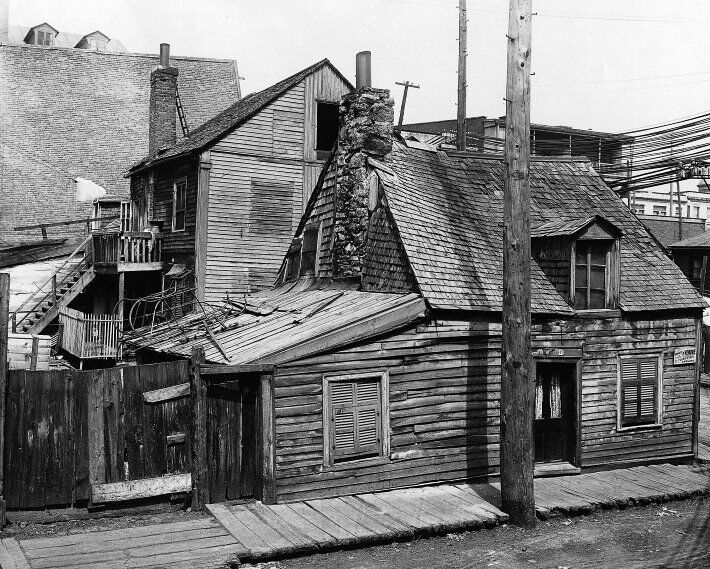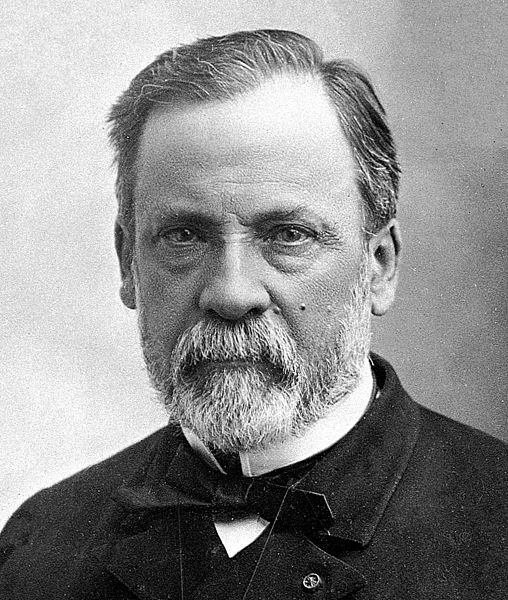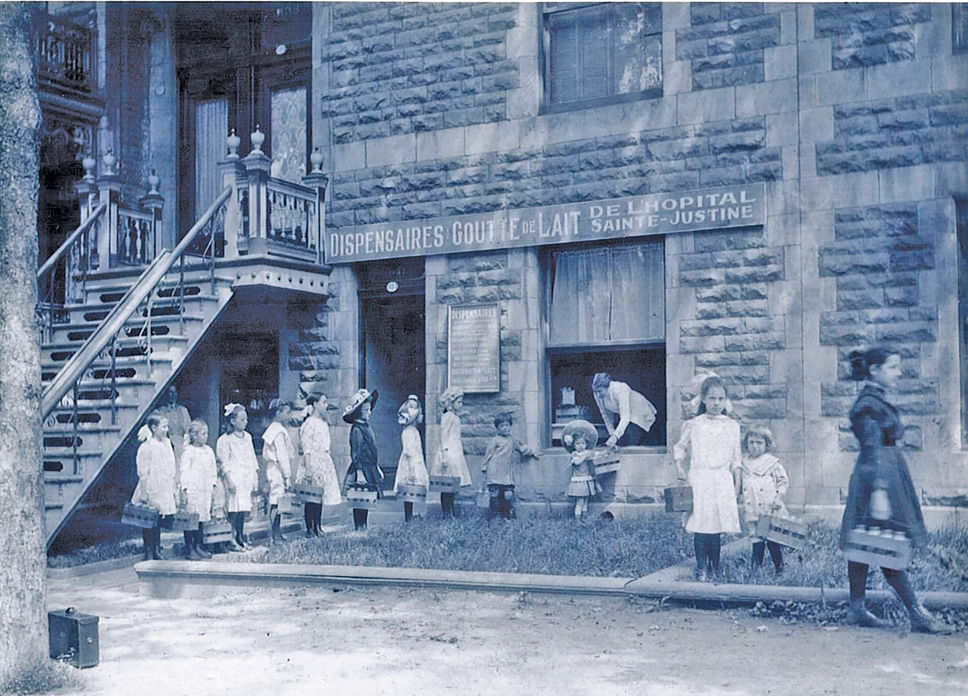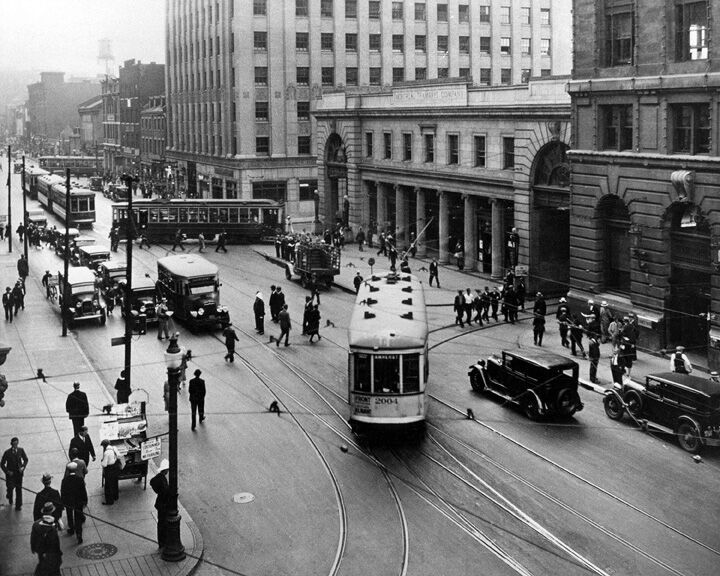In the early 20th century, while the second industrial phase was in full swing, Quebec continued to become more urbanized. More people were moving to the overcrowded working-class neighbourhoods where living conditions were difficult and public health was very poor. With the economic prosperity of the Roaring Twenties, Quebec’s cities tried to solve urbanization problems by investing in public services, since they now had the means.

Since Quebec’s population was predominantly urban, the working-class neighbourhoods were unsanitary and overcrowded, creating a breeding ground for disease. The working class suffered from several health problems, resulting in a high mortality rate.

Due to the serious situation in the cities, the government introduced information campaigns as an initiative to encourage people to adopt good hygiene habits, seek medical attention for various health problems and get vaccinated.
Some new technologies also helped combat public health problems. For example, pasteurization made it possible to process milk, limiting bacteria growth. These measures had an immediate impact as epidemics became less common in Quebec cities.

In 1855, scientist Louis Pasteur developed a technique to eliminate the bacteria in wine. The pasteurization process is named after him and was later used to make milk last longer.
To combat the very high infant mortality rate, several measures were taken to protect newborns. In particular, the government opened medical care clinics for children in cities called “gouttes de lait”. In addition to offering people information on hygiene, these clinics distributed high-quality pasteurized milk to Quebec families.

Many infrastructures were also built in the cities to improve the living conditions of city dwellers. For example, chlorination and water filtration systems were installed.
Many skyscrapers were built in cities as many companies were looking for office space. Larger roads were also built to accommodate the growing number of automobiles.
To improve their citizens’ quality of life, some cities invested in public services such as tram systems to facilitate transportation. This project coincided with the introduction of electricity. Electricity was convenient and accessible and quickly became popular in Quebec. It was used to light the major city streets in the province.

In addition, parks were built to green up cities, making everyday life more pleasant. Other municipal services included building fire stations, schools, libraries and public baths.